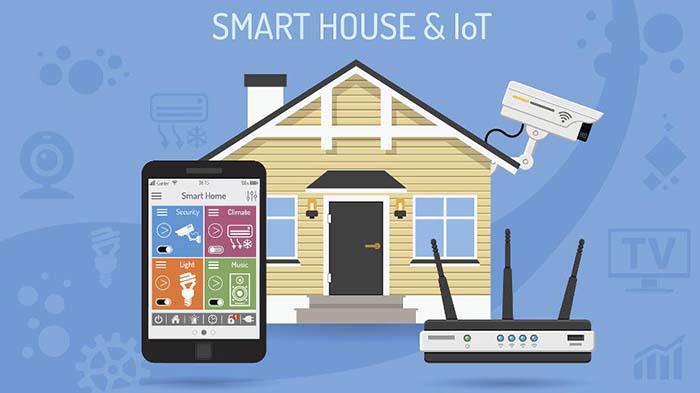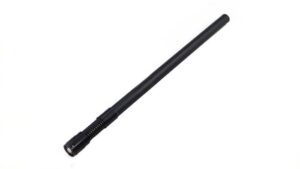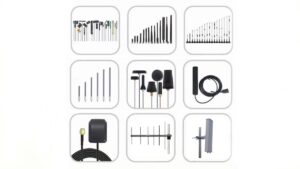Most routers today are dual-band, which means they support two frequency bands. Why do smart home manufacturers insist on a 2.4GHz WiFi band?
If you are setting up a new smart home device, such as a smart light bulb, home security camera, or smart speaker, the user manual may require you to connect to a 2.4GHz WiFi band network. Perhaps many users have been wondering why this is the case.
We know that Wi-Fi currently operates on two frequency bands; the older and more common 2.4 GHz and the newer 5GHz frequency band. Most routers today are dual-band, which means they support two frequency bands.
Why do smart home manufacturers insist on 2.4GHz Wifi band?
Answering this question requires a good understanding of the evolution of WiFi and the difference between the 2.4GHz and 5GHz frequency bands.
When WiFi became popular in the early 2000s, the 2.4 GHz unlicensed band was the default choice for most WiFi routers and devices.
The wireless standard IEEE 802.11n or WiFi 4 announced in 2009 began to support the 5GHz WiFi frequency band, and with the release of 802.11 ac/WiFi 5 in 2013, dual-band routers supporting these two frequency bands began to be launched.
Therefore, WiFi support on the 2.4Ghz Wifi band is older and more common than 5Ghz. This is one of the reasons why smart home suppliers choose this frequency band.
The second reason is related to the technical advantages of 2.4GHz over 5Ghz. The 2.4 GHz band has better coverage than the 5 GHz band and can penetrate walls/ceilings or any type of obstacles better than the 5 GHz band.
Since smart home devices such as smart bulbs and smart cameras are usually installed outdoors or on walls and ceilings, it makes sense to use the 2.4 GHz wifi band.
Third, 2.4GHz chipsets are much cheaper than 5GHz. Therefore, there is an economic motivation to stick to the 2.4GHz frequency band.
Although 2.4GHz is much slower than 5GHz or can carry less bandwidth, this should not be a problem for smart home devices. Most smart home devices require less bandwidth to operate. For example, a smart light bulb or thermostat only needs an on/off command. Very little data is required.
Therefore, if you have a dual-band router and want to connect to a smart home device, please make sure that the router has two SSIDs or WiFi names for 2.4GHz and 5GHz.
When you need to set up a smart camera or light bulb, you can easily select the 2.4GHz frequency band. This will save you a lot of trouble because some smart home devices cannot even be set up without the 2.4GHz WiFi band.
Beside the Why Do Most Smart Home Devices Use A 2.4Ghz WiFi Band article, you may also be interested in the below articles.
PCB Antenna VS. External Antenna
Ceramic Antenna VS. PCB Antenna, A Comparison Guide
Wifi vs. 5G, is 5G better than Wifi?
Mobile Networks’ Evolution From 1G To 5G
How To Choose Embedded Antenna For IoT?
Wifi Vs. LTE, What Is The Difference?




